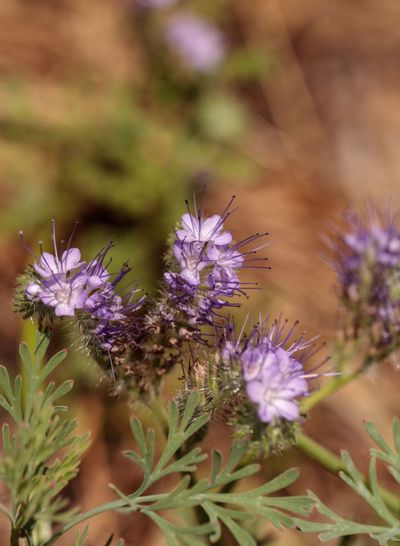Purple Sage Planting Guide
Growing purple sage plants is great because they require such little care. Used to desert conditions (lending to its other common name – desert sage), they are very drought resistant and actually prefer sandy or even rocky soil. Because of this, the most likely reason for a purple sage plant to fail is that the growing conditions are too rich. Only gardeners in the hot, dry regions of the western U.S. have real success growing these plants. Your best chance is to plant it in the hottest, sunniest, best-drained part of your garden. South facing, rocky hills are a good bet. If you succeed in growing purple sage plants, you’ll be rewarded with a medium-sized, round shrub with fragrant, fleshy, green leaves and vivid, purple flowers that may bloom multiple times in a single growing season.
Purple Sage Plant Facts
Purple sage can be grown from seed sown in the fall or cuttings planted in the spring. Plant it in a spot that receives full sun and mix a good amount of compost with the soil to improve drainage. Care of purple sage is extremely easy – it needs little in the way of water and nutrients, though it will benefit from a 1- to 2-inch (2.5-5 cm.) layer of compost once every spring. It will maintain a nice round shape without pruning, though some pruning either during or after flowering will encourage new growth. And that’s pretty much it. If you’re known to neglect plants now and then or live in a dry region, then purple sage is definitely the plant for you.
